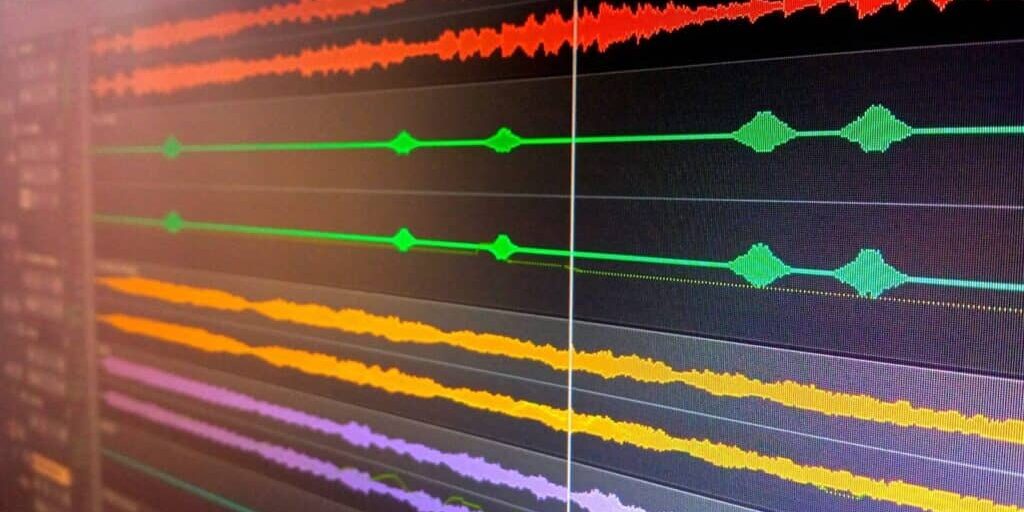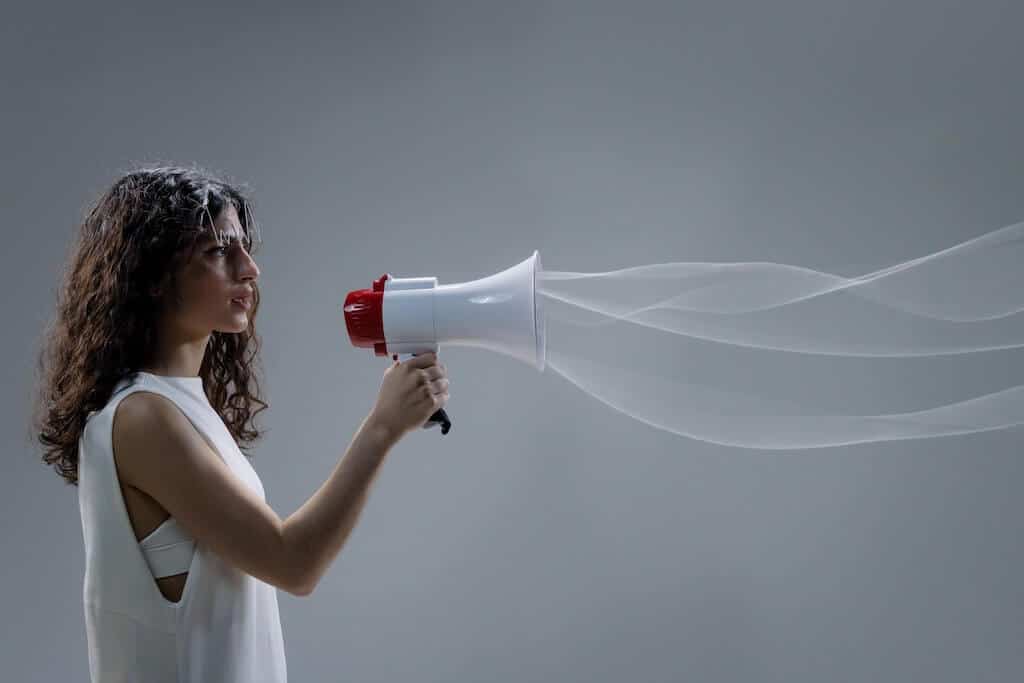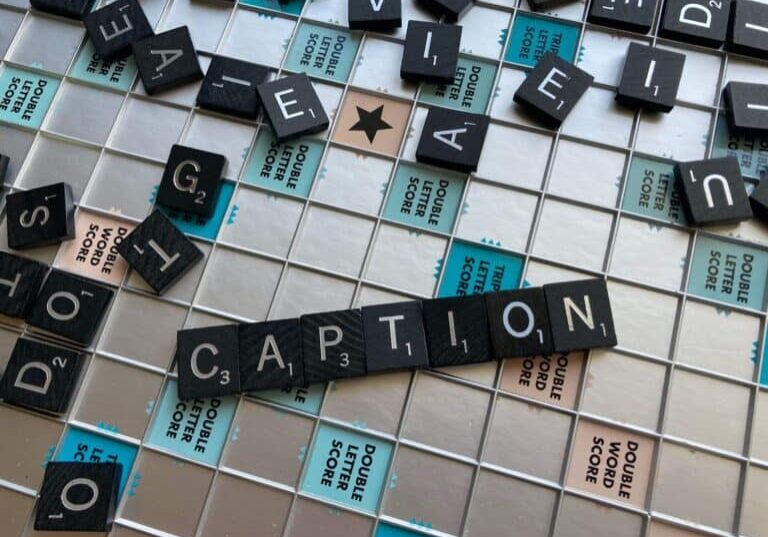Boost Efficiency by Converting WAV to Text

The use of audio content continues to grow as companies and individuals with followings are finding real value in it. Audio content is being captured and used for podcasts for one. It’s also being used internally by companies who can benefit from having records of meetings, support center calls, company town halls and more. Although audio is being widely used, it can be challenging to work with. People are storing audio content in a wide range of file formats, with WAV being one of them.
To make the audio content easier to work with and more actionable, many are converting WAV and other audio files they’re capturing into text. A text-based format is not only easier to search, scan and share, it can also be used to improve the accessibility of the audio you’re recording.
What is a WAV file?
Simply put, a WAV file stores audio content. WAV is the file extension for Waveform Audio Files, and you may also hear them being called WAVE. The name stems from the fact that the files store acoustic wave data. IBM and Microsoft developed the format, so you may also see this type of file referred to as Audio for Windows.
A WAV file usually consists of uncompressed audio, which means it retains all the original data or sound. WAV files act as a wrapper for various audio formats and information.
The benefits and downsides of capturing WAV files
WAV files offer superior sound quality, but they tend to be larger in file size than their compressed counterparts, such as MP3. For this reason, WAV is not a file type commonly used when downloading from the internet or storing audio on mobile devices.
Sound engineers and other audio professionals still often prefer WAV files over alternatives due to the high-quality levels delivered. For the average consumer, MP3 and other formats provide enough audio detail. However, for businesses, being seen as professional with the highest-quality sound is key. WAV is therefore a common format for them, and one they may wish to convert into text.
Can you convert a WAV file to text?
The ability to convert WAV to text is a popular need. This is also known as audio transcription and is commonly requested to help make the recorded content searchable and easier to work with. The process is simple. The process is also similar when transcribing MP3 to text, as well as other audio and video file formats to text.
There are three main ways to transcribe WAV to text. The best option for you will depend on your time constraints, budget and the accuracy of the text you require.
Regardless of the method you choose, the quality of the transcript text you’ll receive is often dependent on the quality of the initial audio captured. Therefore, the best file formats for transcription are high-quality recordings. Low-quality audio with background noise, muffled voices or people speaking over each other makes obtaining an accurate transcript more difficult. Most of the time in these scenarios, manual editing may be required. Here are the different options available to consider.
DIY
A DIY approach to transcription is possible, but not recommended. You can listen to the audio file and type out what you hear to create your transcript. If you are not experienced in transcription, you are likely to find this process to be challenging and time-consuming. Constantly pausing, rewinding and replaying the audio to be able to capture the speech accurately can be slow-going. The ability to listen closely and type quickly enough to keep up with the content is a skill.
It takes professional transcribers around four times the length of the audio to produce the full transcript. For example, a transcript of a 15-minute audio file would take an hour to produce. For those who are not experienced, the exercise would take significantly longer, with no guarantee of accurate results.
Automatic Speech Recognition (ASR) Service
An alternative to DIY is to use an Automatic Speech Recognition tool. ASR services provide a cost-efficient and quick method of converting your WAV files to text. There are many ASR services to choose from, ranging from built-in services offered alongside other applications to standalone solutions. As the services rely solely on machines to produce the transcript, they can deliver the output almost instantly.
The downside? Accuracy. The technology is improving all the time, but with accuracy levels currently at around 80%, the quality of the transcript often isn’t good enough to be useful, particularly in business settings. The editing required to get the transcript to an acceptable level often negates any cost and time savings of using the service in the first place.
Professional Transcription Service
A hybrid or human transcription service will transform your audio file into text at the highest level of accuracy. This is the best option to save you time and money in the long run. Human intervention can raise accuracy levels to 99% and above, making professional services like Verbit’s the ideal choice when high-quality outputs are needed.
Verbit and other professional companies will provide you with a range of services and customization options that can help to ensure the final transcript is fit for purpose. Transcription options include word-for-word verbatim, more concise versions and specific formats for capturing meeting minutes. You’ll also be able to select from specific turnaround times with Verbit, so you can receive transcripts as quickly as you need them.
Regardless of the method you use, your audio likely contains important information that you may want to stay confidential. Don’t forget to check the security credentials of any service you are considering, as well as how you personally store your files on your device. This step is critical, especially if your content contains sensitive, confidential or personal information.
How to convert WAV to text
It can be easy and convenient to convert a WAV file to text accurately. It mostly involves having an effective and cost-efficient solution. Most transcription services accept WAV files, so it’s a matter of simply checking for any compatibility issues before you begin the process.
Verbit Go is one professional service to consider to accurately convert your WAV to text online. It involves just a few simple steps. Plus, Verbit Go can work with many other types of audio and video files too.
- Upload your WAV file to our fully encrypted online portal. The secure environment will help to keep your content safe
- Select the relevant service and turnaround time to meet your needs
- Customize the transcript with optional extras, such as timestamps and speaker identification
- Confirm that you are happy with the price and proceed to checkout in your preferred currency
- Download your completed transcript when you receive your email notification
If you don’t have a specific audio file ready, you can request a quote to get a better sense of pricing and options to meet your needs.
It’s great to start transcribing your audio files to make them more actionable, and the Verbit Go team is happy to help. Start by simply uploading your content to our secure online portal and benefit from 99% accuracy and guaranteed turnaround times.











